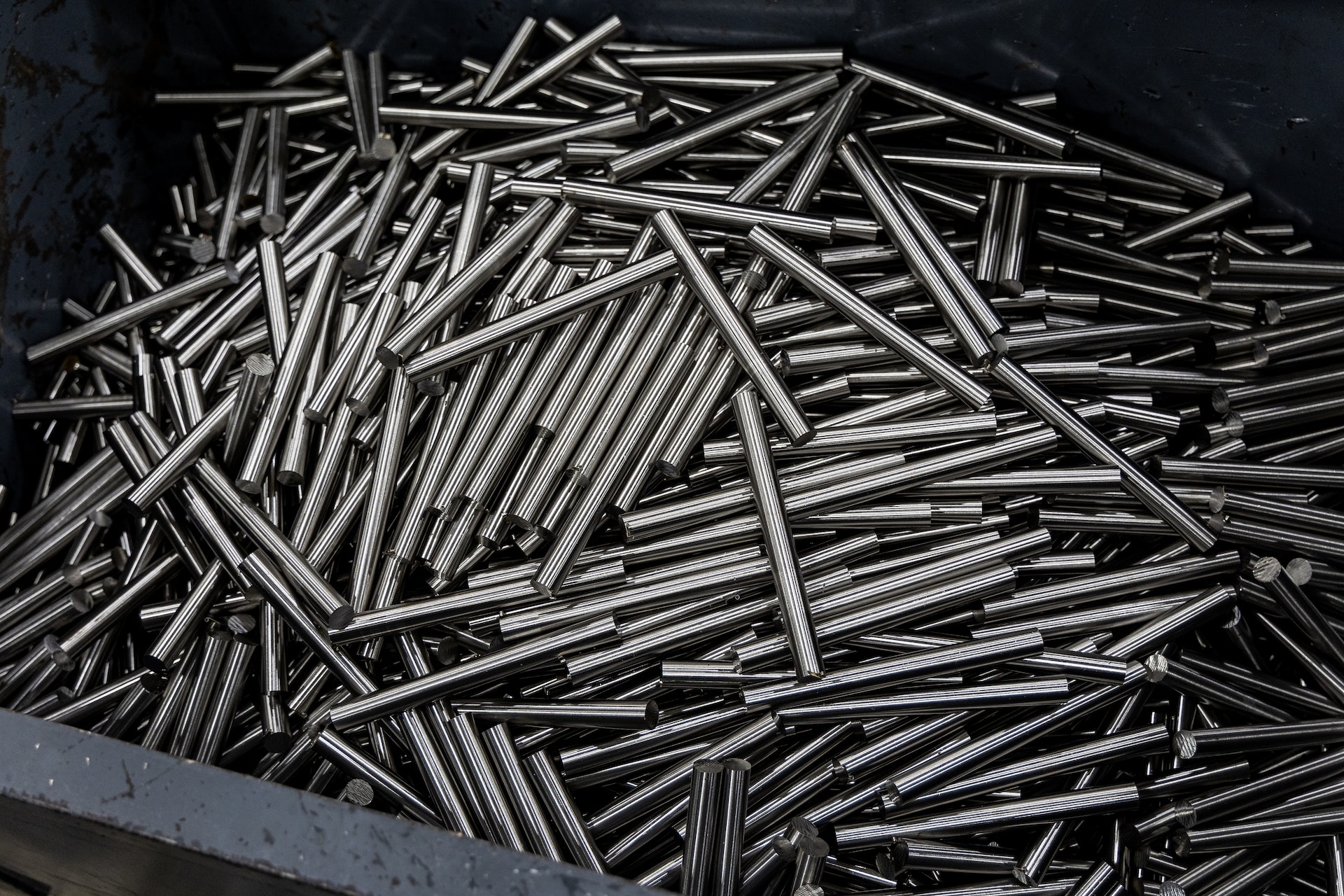Can Stainless Steel Rust? Yes — Don’t Skip Surface Passivation
Rust is a type of corrosion that happens on a metal's surface when iron and oxygen or water react with one another. Oxidation occurs, which begins to eat away at the metal, leaving visible rust stains and related damage behind.
Many people assume that stainless steel is one of those rare metals that doesn't rust at all. To be clear, this is incorrect. Understanding why stainless steel rusts is one of the keys to learning more about why services like surface passivation are so essential.
Does Stainless Steel Rust? The Science at Work
Many people don't realize that even though stainless steel is known for its superior resistance to corrosion, it can still rust in certain situations. Extended exposure to moisture or to very harsh chemicals, grease, or even extreme heat can gradually degrade the surface of stainless steel and activate free iron particles that are naturally present — this is an alloy of iron, after all — leading to rust.
Because of stainless steel's high chromium content, it contains a thin, invisible layer of chromium oxide. This is what adds to its natural resistance to corrosion. When a stainless steel part or component is exposed to any of the aforementioned conditions for long periods of time, this layer can become damaged. It is then that rust will begin to form and once it starts, it cannot be reversed. That part or component will eventually need to be replaced.
It's also important to consider that some grades of stainless steel have less natural corrosion resistance than others. Yes, the alloys in stainless steel make it less likely to rust — but not completely.
The Critical Importance of Passivation
The major benefit of surface passivation is that it can dramatically increase stainless steel's natural corrosion resistance, which helps preserve the lifespan of a part or component for as long as possible. Stainless steel is regularly used in automotive applications, for example, including car exhaust systems, seatbelt springs, and more. The last thing you want is a seatbelt spring to fail when you need it due to rust-related performance issues.
Note that there are also certain situations where parts may need to be passivated multiple times. If a part is removed from an aircraft or automobile to have work performed in a shop, for example, it will need to go through passivation again to remove free iron left behind by tools. The same is true if it goes through any other mechanical, welding, or high temperature process.
This does not damage the part in any way — it helps fend off the effects of iron exposure, as well as things like physical impact or damage. It can only extend the lifespan of the part to have it go through the passivation process more than once.
Additional Considerations About Stainless Steel Rusting
The specific application or industry in which the part will enter service impacts surface finishing decisions. Stainless steel is regularly used to manufacture system critical parts in and around automobiles, for example. According to one recent study, the average temperature of a vehicle's engine is anywhere between 195 degrees and 220 degrees under normal operation. Note that this does not take into consideration very hot days, or situations where the vehicle's cooling system may not be operating efficiently due to errors.
If exposed to this level of extreme heat for long periods of time, those components will start to rust and will ultimately fail. This also says nothing of the other harsh conditions that those parts are exposed to like moisture and harsh chemicals. At best, the vehicle's owner will need to perform costly maintenance long before they're ready. At worst, that part could fail while the vehicle is in operation and create a highly dangerous situation.
Passivation helps prevent those types of scenarios from happening — not just in automotive parts, but also in industries such as aerospace, aviation, and defense.
The Metal Finishing Technologies Approach
At Metal Finishing Technologies, we offer surface passivation services with fast turnaround times and at high volumes. In addition to being Nadcap Certified, our facilities are also environmentally clean to prevent long-term issues with any part or component we're trusted with.
Our surface passivation services can help you extend your maintenance intervals on essential components, increasing their value and reducing your maintenance costs. Most importantly, passivation preserves the component's desired qualities.
If you'd like to learn more about why surface passivation is crucial in preventing stainless steel from rusting, or if you have any additional questions, please don't hesitate to contact us today.

